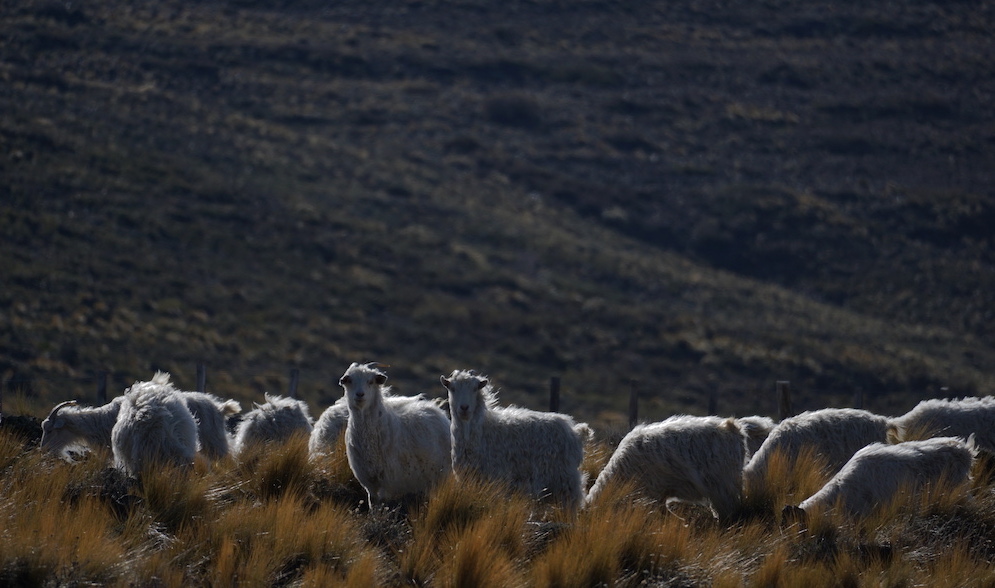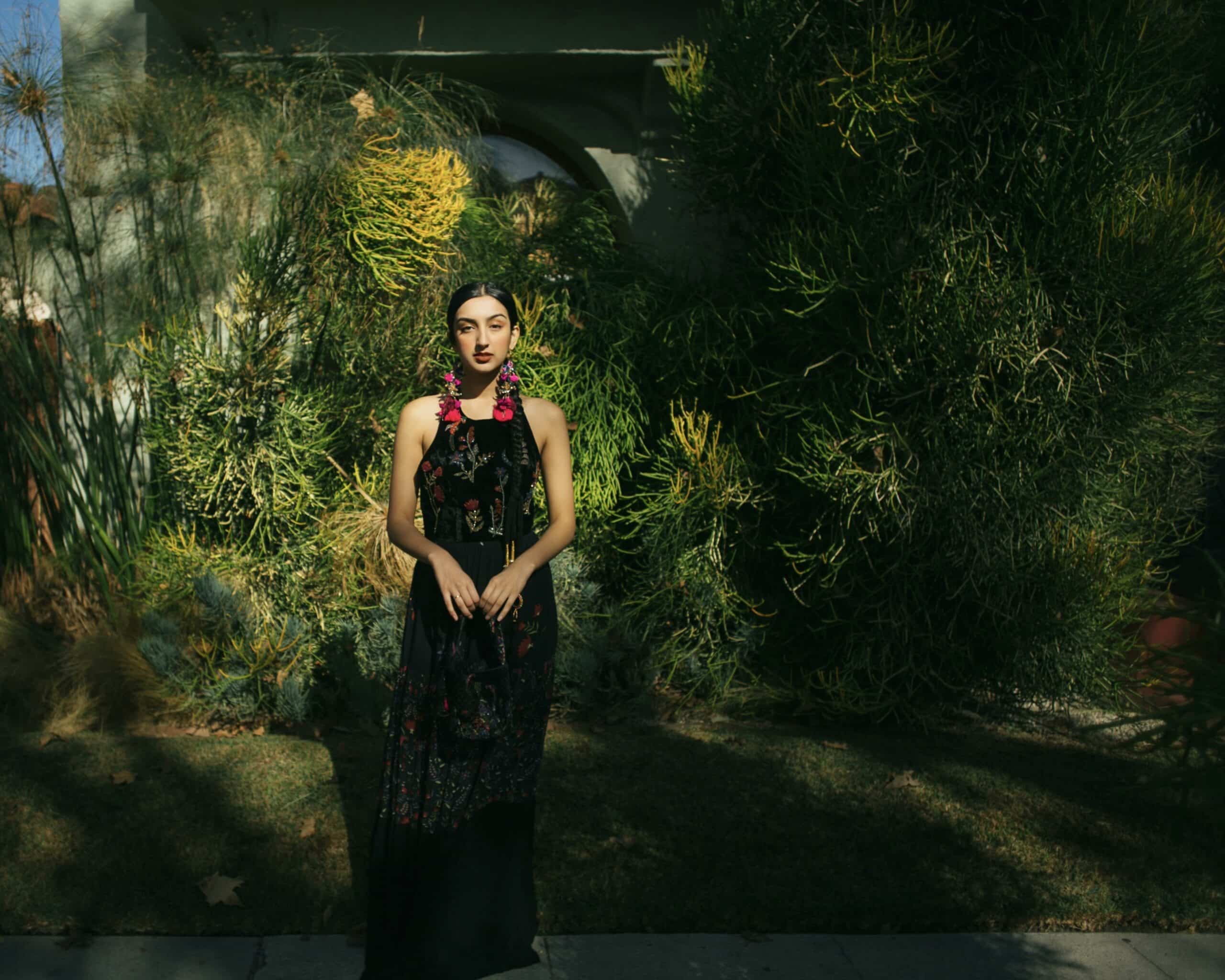Bert Vuylsteke is a prominent biodesign expert and educator, having earned his Master’s in Industrial Design from Ghent University in Belgium. With experience in the cookware industry and accolades like the Eco-design Award and Red Dot Design Award, he excels in innovative product development. Currently, Bert is pursuing a PhD in Biodesign at Ghent University’s Design.Nexus Research Group, focusing on the integration of sustainability, creativity, and technology. In this interview, we’ll discuss Bert’s views on biodesign, the importance of connecting theory with practical solutions, and the potential of biobased materials like hemp in reshaping industries.
Hi Bert! Can you share a bit more about what you do?
Absolutely! I currently serve as an Assistant at Ghent University, where I’m pursuing a PhD in Biodesign with the Design.Nexus Research Group. My research focuses on professionalizing the dynamic field of biodesign. Alongside my research, I also teach courses in Technical Drawing, Design for Sustainability, and Bio-composites Laboratory within the Industrial Design Engineering Technology department.
At Design.Nexus, I collaborate on a variety of projects, particularly in the fashion sector. Some of these projects include creating mycelium-based jewelry packaging for designer Daniella Vettori, developing natural fabric dyes in collaboration with Maud Verstringe and Rosan Pille, and exploring 3D printing techniques on fabric for textile repair—enhancing lifecycle and functionality—alongside Maud Verstringe, Maarten Walcarius, and Tine Van Moeseke. I’ve also worked on translating the Antwerp luxury watch brand Ressence into a table clock with Basil Bataille, integrating digital product passports into fashion with Casper Van Herzele, and educating children about fabric types and textile waste streams through the Ingegno project with Kellcy Pauwaert.
Beyond my academic and industrial work, I enjoy speaking on topics related to biodesign, sustainable design, and the development of the hemp value chain.

How do you define the word “living”?
For me, “living” encompasses several key aspects. It refers to something organic, derived from living organisms like plants, fungi, or bacteria, which have captured carbon to form cells and grow.
In human contexts, living signifies the ability to evolve over time in response to varying conditions—whether it be changes in humidity, light, user interaction, functionality, or color.
Living also connotes regeneration, implying that something possesses the potential to renew or restore itself.
How did you come to the field of biodesign, and what does it signify for you?
My introduction to biodesign occurred during my Master’s program through an inspiring project called Knotplex. This initiative combined material design with regional sustainability challenges by leveraging an invasive plant species rampant in our area. Rather than merely mitigating its spread, the designers transformed it into a resource for new products. This innovative approach resonated with me deeply, igniting my passion for pursuing a similar path. I collaborated with a local NGO to tackle the issue of food waste from fruits and vegetables, developing a systems-thinking approach that co-created value throughout the entire waste stream, from human benefits to ecological regeneration.
After my Master’s studies, I worked in the industry but found myself yearning for fully biobased, regional, and regenerative design—a vision that proved challenging to realize in the marketplace. This realization led me to pursue a PhD in biodesign, collaborating with fellow researchers to establish biodesign as a credible and emerging field. For me, biodesign means designing “of,” “with,” and “for” biology, ultimately connecting with nature itself.

In your opinion, how can designers evolve from biobased samples to real problem-solving using fully biobased applications?
That’s an insightful question—thank you. This is one of the central inquiries I explore in my PhD: how can we transcend the typical prototyping phase in biodesign and bridge the gap between laboratory experiments and real-world applications?
It begins with establishing a clear understanding of what biodesign truly entails, including its processes and sustainable execution. In academia, we call this a “framework,” which acts as a guiding compass for designers across various fields, including fashion, architecture, biotechnology, and industrial design. However, much of this remains theoretical.
The next critical step is to translate this theoretical framework into a practical design toolkit. Such a toolkit would serve three primary functions:
First, educating designers about the biodesign process. Second, inspiring them with thought-provoking questions and real-world project examples. And third, enabling a action by suggesting practical activities and tips that help them implement biodesign principles in their endeavors.
How can we foster collaboration with nature in design?
The first step for any designer—whether in fashion, architecture, consumer goods, or services—is to recognize that we are part of nature.
We must shift our mindset and cease the destruction of our ecosystems.
Secondly, while synthetic and mineral materials have facilitated substantial advancements in areas such as space exploration, construction, fashion, sustainable energy, food production, and packaging, this progress has come at a significant cost—our consumption has become unsustainable. Projections indicate that by 2030, we will be consuming resources as if we have two Earths, while we only have one. This depletion, rather than regeneration, threatens to push us toward a critical tipping point.
Humanity has become increasingly disconnected from nature, and I believe it is time to reconnect with our true natural roots. Emerging fields like biodesign provide opportunities for collaboration with nature throughout various stages of the design process—material sourcing (as demonstrated by Zena Holloway with her root-grown dress), material use (such as Peelsphere’s purses made from food waste), and material regeneration (like Charlotte McCurdy’s carbon-negative raincoat crafted from algae).
Currently, we commodify nature, treating it merely as a resource with rigid standards. Our materials must not exhibit changes in color or properties over time, must adhere to narrow tolerances, and require highly predictable behavior. This mindset has caused complacency among designers, who often focus solely on present design challenges, neglecting future use considerations. In pre-industrial societies, designers had to anticipate changes in natural materials—such as color fading or the formation of patinas through humidity shifts. It’s imperative that we re-educate ourselves and future generations to design in ways that embrace and adapt to natural processes of change.

As an expert in hemp, can you highlight some projects linked to the textile and fashion industry?
Hemp boasts a rich history, originally utilized for rope-making and various ancient applications, and today it holds immense promise for the textile and fashion sectors due to its exceptional properties.
From a sustainability viewpoint, hemp is a rapidly renewable resource. One acre of hemp can yield enough material for 2,000 T-shirts, and the plant matures from seedling to harvest in just three months. Additionally, hemp captures 5 to 10 times more carbon than forests, sequestering 8 to 15 tons of carbon per acre. With phytoremediation properties, hemp can help clean the soil and requires little to no fertilizer.
The mechanical properties of hemp fibers are also notable—they are durable and flexible. While industrial hemp features less than 0.3% THC (the psychoactive compound), making it safe for industrial use, processing its long fibers into textiles can be challenging.
Hemp is already widely used across various industries, including automotive, construction, battery technology, insulation materials, chipboards, textiles, medicinal products, paper, and food. In the fashion sector, ongoing research and experimentation are pushing the boundaries of what can be achieved. For instance, one of our Master’s students is conducting a thesis project utilizing hemp on a large industrial tufting machine to create an omnidirectional fabric, potentially leading to wool-like materials applicable in both fashion and composite industries.

However, the global value chains for hemp are still developing, presenting several challenges. Farmers must be aware of their end market in advance, as the species cultivated and the harvest timing will depend on the intended application. Furthermore, the tough, woody stems of hemp can quickly wear out harvesting machinery, and a delayed harvest can render the crop unharvestable. Lastly, stringent regulations and bureaucratic hurdles in hemp cultivation can deter farmers from growing this valuable crop.
Despite these challenges, I firmly believe in the tremendous potential hemp offers from both technical and sustainability perspectives. Its existing applications are just the beginning, and I anticipate even more innovations emerging in the fashion industry, from fabrics to accessories like jewelry, eyewear, footwear, and underwear. With the increasing acreage devoted to hemp cultivation, the revival of this crop will require a collective effort supported by global enablers. Recognizing and addressing the current challenges will be crucial, with awareness serving as the first step toward overcoming them.
Words : Bert Vuylsteke / Anne-Sophie Castro
Photos : Bert Vuylsteke
Read more on sustainable fashion in our magazine




